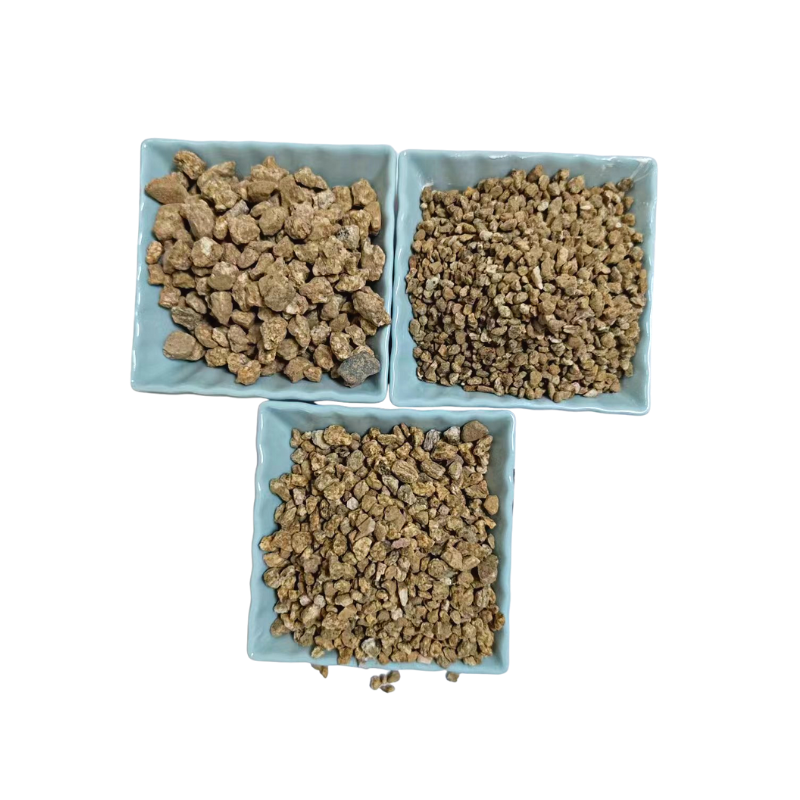
inorganic compounds list
A Comprehensive Overview of Inorganic Compounds
Inorganic compounds are a broad category of chemical compounds that are not based on carbon-hydrogen bonds. Unlike organic compounds, which primarily consist of carbon atoms bonded to hydrogen and other elements, inorganic compounds encompass a diverse range of substances, including minerals, metals, and gases. Their significance spans multiple fields such as chemistry, biology, materials science, and environmental science. This article will explore the characteristics, classification, common examples, and applications of inorganic compounds.
Characteristics of Inorganic Compounds
Inorganic compounds are generally distinguished from organic compounds by their lack of carbon-hydrogen (C-H) bonds. However, this simple definition belies the complexity and diversity within the inorganic category. For example, some inorganic compounds contain carbon, such as carbonates (like calcium carbonate) or metal carbides, but they do not fit the traditional definition of organic chemistry. Furthermore, inorganic compounds can have a wide range of physical and chemical properties. They can exist as solids (like metals and salts), liquids (like water and some acids), or gases (like carbon dioxide and ammonia).
Inorganic compounds often have high melting and boiling points and can be soluble in water or other solvents, depending on their chemical structure. They typically do not exhibit isomerism, which is more common in organic compounds. Additionally, inorganic compounds can engage in a variety of chemical reactions, including redox reactions, acid-base reactions, and complexation.
Classification of Inorganic Compounds
Inorganic compounds are typically classified into several broad categories
1. Salts Formed from the neutralization reaction of an acid and a base. Common examples include sodium chloride (table salt) and potassium nitrate.
2. Oxides Compounds formed by the combination of an element with oxygen. These can be further divided into metal oxides (like iron oxide) and non-metal oxides (like sulfur dioxide).
inorganic compounds list

3. Acids and Bases Inorganic acids such as sulfuric acid and hydrochloric acid are vital in various industrial processes. Bases, like sodium hydroxide, are important for neutralizing acids and are used in cleaning agents.
4. Complexes Coordination compounds consisting of metal ions surrounded by ligands (molecules or ions that can donate pairs of electrons). An example is the complex ion [Cu(NH3)4]²⁺, where copper is coordinated with four ammonia molecules.
5. Metals and Alloys Pure metals (like copper and aluminum) and their alloys (like bronze and steel) are critical in construction, electronics, and manufacturing.
Common Examples of Inorganic Compounds
Several inorganic compounds are essential in everyday life and various industrial applications. Water (H₂O) is the most recognized inorganic compound and is vital for all known forms of life. Other notable examples include
- Ammonia (NH3) A key nitrogen source for fertilizers. - Hydrochloric Acid (HCl) Used in cleaning and food processing. - Sodium Bicarbonate (NaHCO3) Commonly known as baking soda, utilized in cooking and as an antacid. Several inorganic compounds are pivotal in environmental processes. For instance, carbon dioxide (CO₂), although an inorganic compound, plays a crucial role in the earth's climate system and photosynthesis in plants.
Applications of Inorganic Compounds
Inorganic compounds have widespread applications. In agriculture, fertilizers often rely on inorganic compounds to boost plant growth. Industrial processes utilize acids, bases, and salts for the production of chemicals, plastics, and metals. Additionally, in the healthcare sector, inorganic compounds such as metal oxides and salts are essential in pharmaceuticals, diagnostics, and treatments.
In conclusion, inorganic compounds are a fundamental aspect of numerous scientific and industrial fields, characterized by their diverse nature and applications. Understanding their properties and classifications aids in numerous advancements in technology, agriculture, and medicine, highlighting their significance in our daily lives and the environment.
Share
-
Premium Resin Coated Sand - High Heat Resistance CastingNewsJul.31,2025
-
High Quality Silicon Carbide Grit for Abrasive ApplicationsNewsJul.30,2025
-
High-Quality Ceramsite for Plants & Gardening | Lightweight PebblesNewsJul.29,2025
-
Premium Burgundy Glass Marbles for Vases & Shooter GamesNewsJul.29,2025
-
High Purity Quartz Sand for Industrial and Ground ApplicationsNewsJul.29,2025
-
High-Quality Barite Powder for Drilling & Industrial UseNewsJul.29,2025






